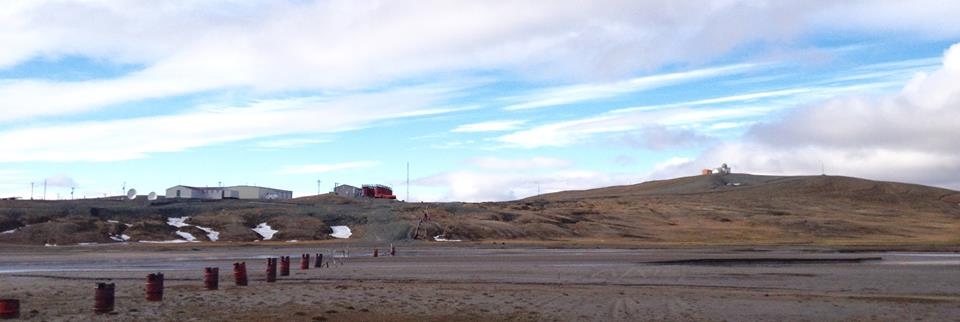|
Prince Patrick Island
A member of the Arctic Archipelago, Prince Patrick Island is the westernmost of the Queen Elizabeth Islands in the Northwest Territories of Canada, lying northwest of Melville Island. The area of Prince Patrick Island is , making it the 55th largest island in the world and Canada's 14th largest island. It has historically been icebound all year, making it one of the least accessible parts of Canada. Located at the entrance of the M'Clure Strait, Prince Patrick Island is uninhabited. The first known sighting of the island was in 1853 by the Irish naval officer George Mecham, when it was explored by him and his fellow Irish explorer Francis Leopold McClintock in the spring of that year during the Edward Belcher expedition. Much later, it was named for Prince Arthur William Patrick, Duke of Connaught, who was Governor General of Canada from 1911 to 1916. The island rises to only about , and the area is seismically active. Weather Station A High Arctic Weather Station ("HAWS ... [...More Info...] [...Related Items...] OR: [Wikipedia] [Google] [Baidu] |
Mould Bay Airport
Mould Bay Airport, formerly , was located on the Prince Patrick Island, Northwest Territories The Northwest Territories (abbreviated ''NT'' or ''NWT''; french: Territoires du Nord-Ouest, formerly ''North-Western Territory'' and ''North-West Territories'' and namely shortened as ''Northwest Territory'') is a federal territory of Canada. ..., Canada. It was built in 1948 as a joint effort between Canada and the United States to service the former Environment Canada weather station. The station was automated in 1997 which eliminated the need for an airport; however, as of 2012, the island was still occasionally visited by members of the Canadian Forces. References External links * Airports in the Arctic Defunct airports in the Northwest Territories {{NorthwestTerritories-airport-stub ... [...More Info...] [...Related Items...] OR: [Wikipedia] [Google] [Baidu] |
